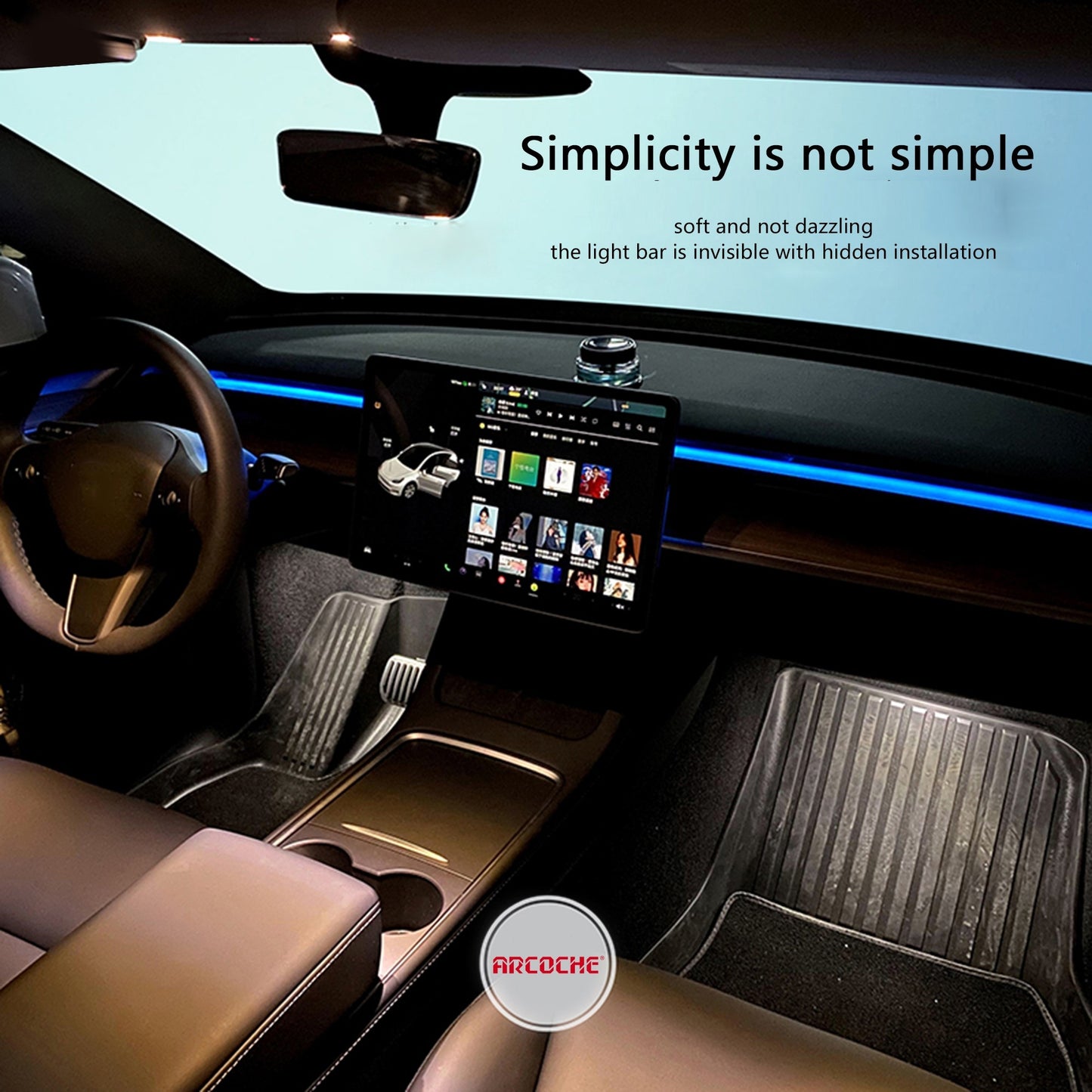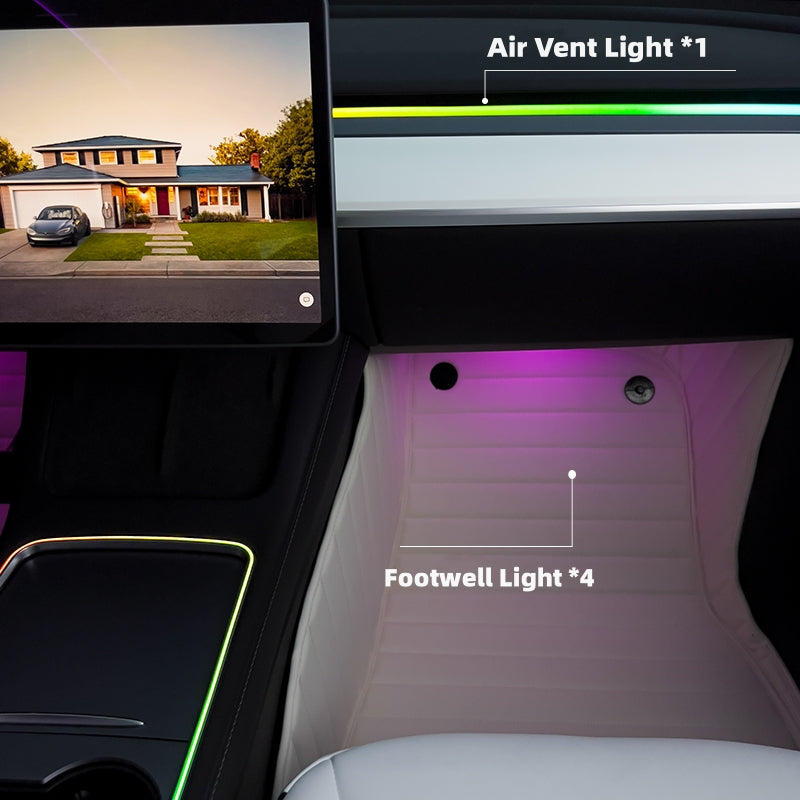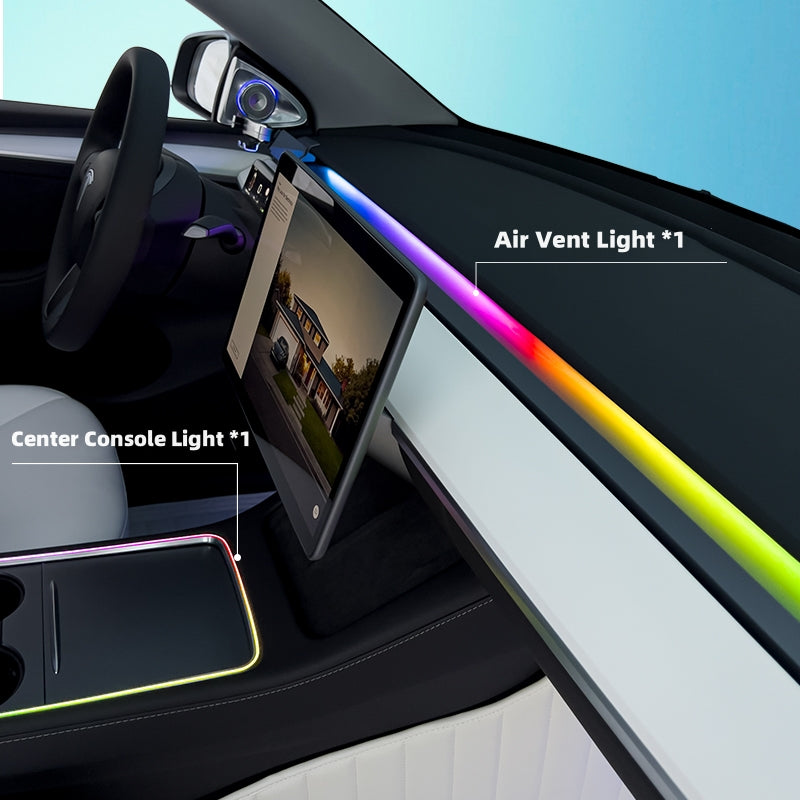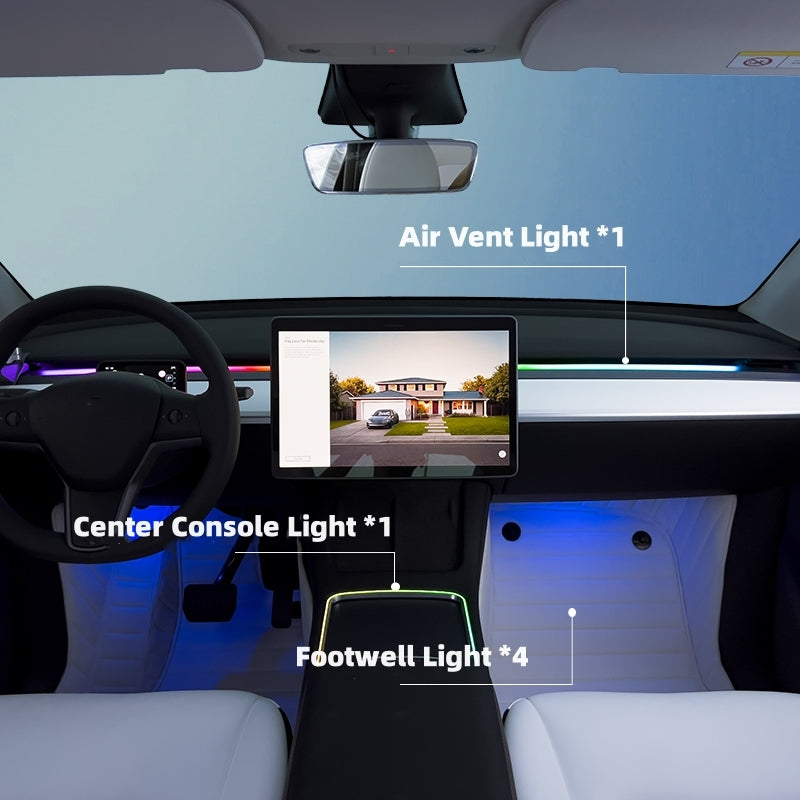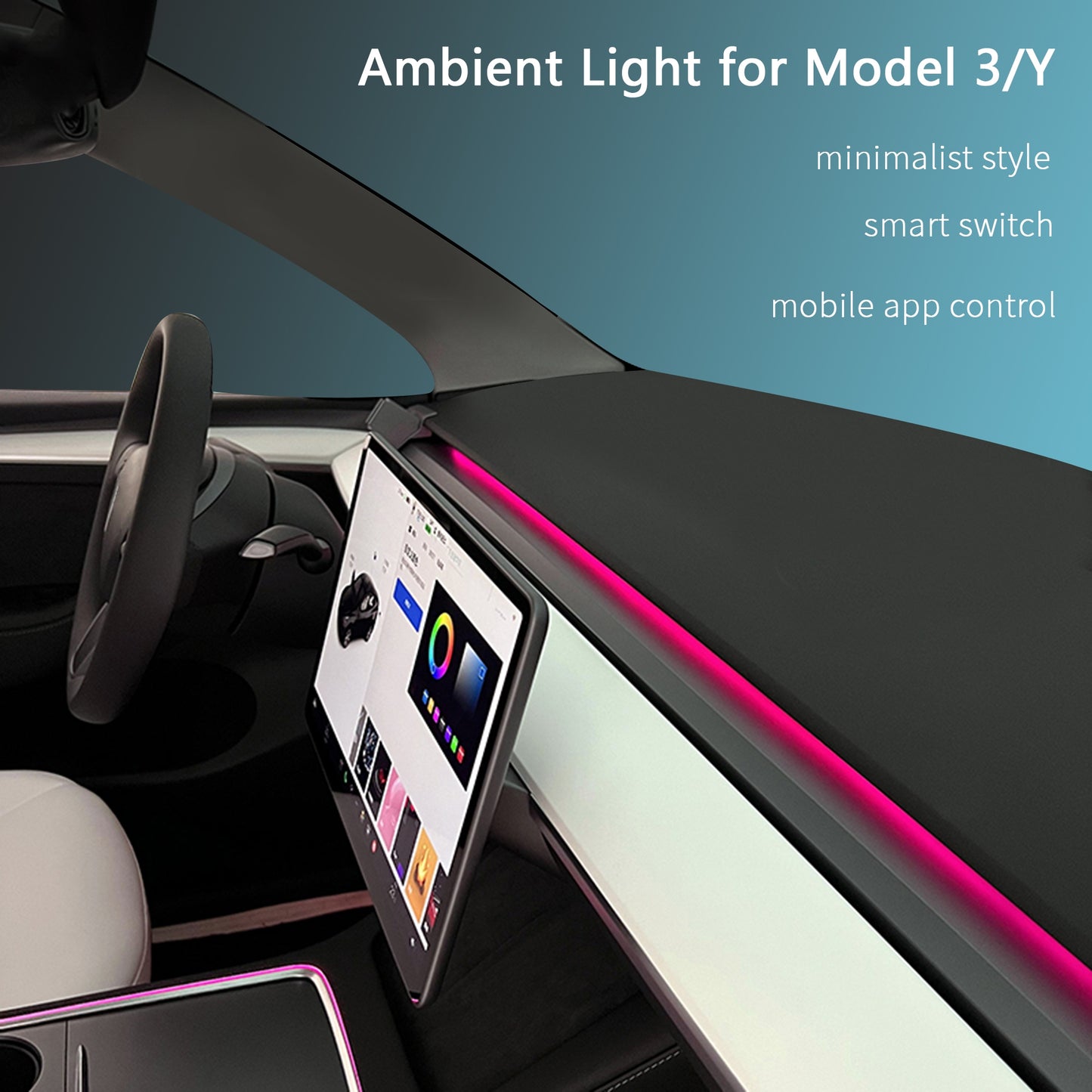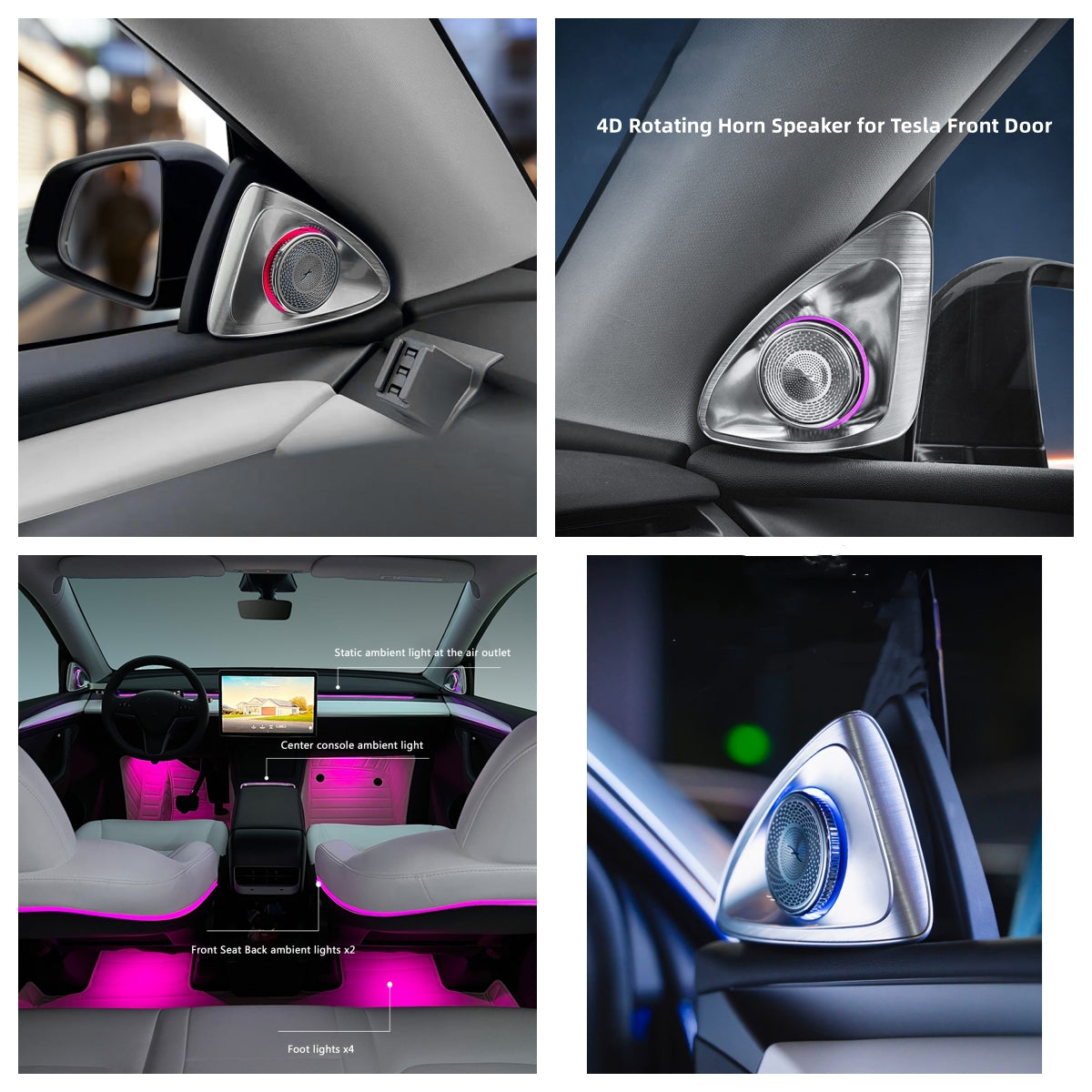
Norway's Remarkable EV Dominance: 91.3% Market Share Amidst Auto Industry Contraction
In October, plugin electric vehicles (EVs) accounted for a remarkable 91.3% of the market share in Norway, marking an increase from 86.4% compared to the previous year. Among these, fully electric vehicles (BEVs) claimed a staggering 84% of the market. However, the overall volume of auto sales was 8,925 units, reflecting a 29% decline from the previous year. Notably, the Tesla Model Y emerged as Norway's top-selling vehicle in October.

Breaking it down, October witnessed a combined 91.3% market share for EVs in Norway, with BEVs making up 84.2% and plugin hybrids (PHEVs) comprising 7.1%. These figures represent year-on-year changes from 86.4%, 77.5%, and 9.0%, respectively. Over the past year, BEVs have gained an additional 7% of the market share, while PHEVs have experienced a less rapid decline compared to other non-BEV powertrains.
In terms of volume, despite a broader market decrease of 29%, BEVs saw a 23% decline from the previous year, totaling 7,516 units. Meanwhile, PHEVs experienced a sharp 44% drop, with sales amounting to 635 units.
Hybrid electric vehicles (HEVs) saw a 50% decrease to 489 units, while diesel sales were only at 43% of the volume compared to the previous year, totaling 198 units. Petrol vehicles, at a mere 87 units, accounted for less than one-third of their October 2022 volume. This marks the second consecutive month where vehicles solely powered by petrol have recorded sales of less than 100 units, making up under 1% of the market share. It is anticipated that they will continue to decline from this point onward.
Cumulatively for the year, plugins currently hold a 90.5% market share, with BEVs accounting for 83.5%. It is anticipated that these figures will reach 91% and 84%, respectively, by the end of 2023. In both cases, this represents an increase of approximately 4% to 5% compared to the share in 2022. While Norway's current economic outlook is applying additional pressure to the market curve, it is evident that we are approaching the peak of the adoption curve.

Bestsellers
Albeit with volumes appropriate for a low-ebb logistics month, the Tesla Model Y once again took the overall bestseller spot in October, with 647 units. In close competition for second place were the Toyota BZ4X, and Skoda Enyaq.

In October, we saw some notable trends among electric vehicle (EV) models in Norway. The Toyota BZ4X, Subaru Solterra, and Hyundai Kona performed relatively well, showing promising market traction. On the other hand, models like the two Teslas, the VW ID.4, Volvo XC40, Audi Q8 e-tron, and BMW i4 faced more modest demand. It's worth noting that these fluctuations are primarily influenced by manufacturers' strategic logistics decisions, rather than significant shifts in consumer preferences.
A few new models made their debut in the Norwegian market last month. The Peugeot e-308, although currently available in limited quantities with just a single unit, garnered attention. The touring-wagon version of the e-308 may pique interest in Norway, given the scarcity of other battery electric vehicle (BEV) options in this category.
Another newcomer was the Nio EL6, a mid-large SUV measuring 4,854 mm, featuring sleek design and high performance. Pricing starts at 595,000 krona (€50,000) for the base model with owned battery (less if the battery is leased), offering a 70.5 kWh variant with a WLTP range of 406 km. There are also pricier options available with longer ranges. The EL6 saw an initial release of 9 units in October.
The Xpeng G9, which made its debut in September with 12 units, demonstrated robust performance by recording 78 units sold in October. This model is a direct competitor to the Nio EL6 in terms of size, format, and performance, but comes in at an even more competitive starting price of 536,275 krona (€45,000).
Let’s now turn to the 3 month performance:

The Tesla Model Y still has a massive lead in Norway, with more sales over the trailing quarter than the next three runners up combined. The Model Y’s relative dominance over peers is roughly in line with the situation 3 months prior. Its year to date performance is even stronger, close to equalling the next 5 models combined.
The closest runners up over the most recent three months are the Skoda Enyaq, Toyota BZ4X, and Volkswagen ID.4. The Toyota has climbed strongly over the period, seeing volume more than double, while the ID.4 has lost more than half its prior volume.
Another notable performance came from the Mercedes EQE, which almost doubled its volume over the prior period, and entered the top 20 for the first time.
There’s no immediate prospect of newer models breaking into the top 20 in the coming couple of months, but let’s see if vehicles like the Jeep Avenger, Fisker Ocean, and Xpeng G9 can build on early acceptance to climb the Norwegian ranks over the medium term.
I am planning a dedicated article later this month giving an update on the fleet transition.
Outlook
The automotive market in Norway is evidently facing a slump, with the OFV currently projecting a 25% decrease in overall volume for the full year of 2023. They attribute this to "heightened interest rates and pronounced inflationary pressures affecting many. This trend has been noticeable in the new car market for several months, with many individuals now exercising caution when it comes to prioritizing new car purchases." (OFV, machine translation).
Presently, interest rates stand at 4.25% and have been steadily rising for the past two years. While headline inflation has moderated in recent months, core inflation rates remain elevated, registering at 5.7% in September, down from 6.3% in August. Additionally, core consumer prices continue to be notably high. Norway's GDP growth saw a drop to zero in July, down from a +0.3% in April.
This decline in consumer confidence is expected to decelerate the shift towards EVs in Norway's vehicle fleet. As usual, among those who are still purchasing new cars, the preference for Battery Electric Vehicles (BEVs) continues to grow stronger than any other powertrain. However, it may take some time before volumes return to the levels witnessed in the past couple of years.
-------This article is partly excerpted from CleanTechnica.





